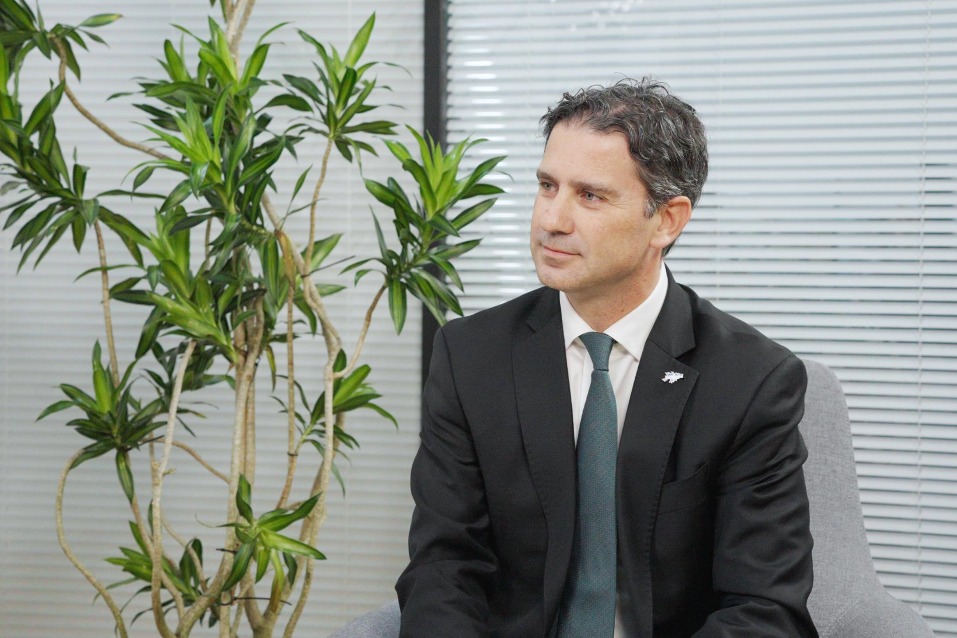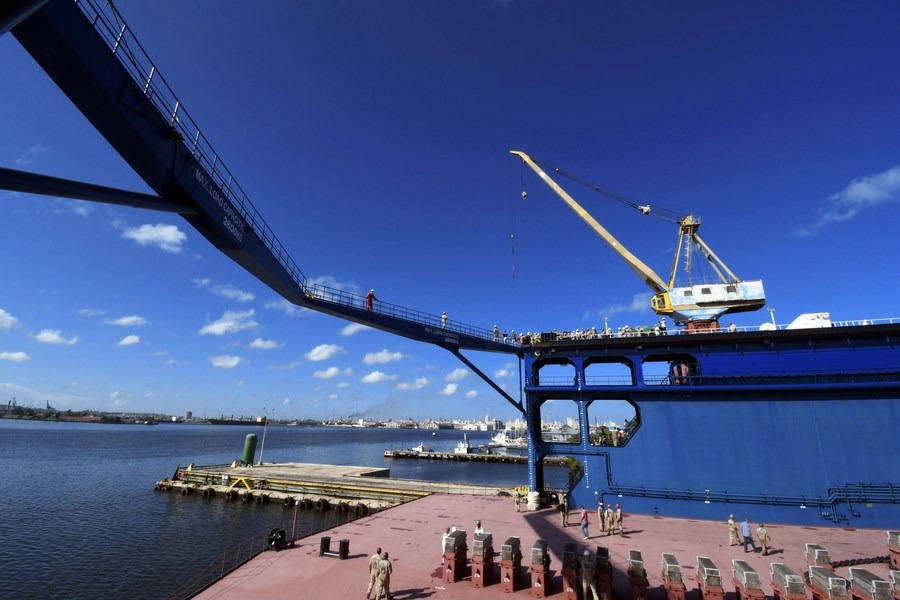Clear way to reduce traffic accidents


ON MONDAY MORNING, agglomerate fog caused a traffic accident involving 28 heavy-duty trucks in Zhumadian, Central China's Henan province, which killed nine people, and seriously wounded nine others. Beijing Youth Daily comments:
Seven days ago, another traffic accident caused by agglomerate fog in Liaocheng, East China's Shandong province, involving 21 automobiles, claimed two lives and left nine people seriously wounded.
Such fatal traffic accidents caused by agglomerate fog happen frequently in winter almost every year, as such fog is very local phenomenon, and it is hard to detect and forecast.
However, most expressways, including the ones on which the two accidents happened, are equipped with an advanced monitoring system consisting of high-definition cameras covering almost every inch of the road, through which even the drivers' facial expressions can be seen by those monitoring the traffic.
Also, there are electronic signs every few kilometers along the expressway, which could be used to update drivers on the latest road conditions.
It is a pity that the administrative departments that control the monitoring network and electronic display boards have not used these means to warn drivers if there is fog ahead.
But basically, the monitoring system is mainly used to take snapshots of the number plates of automobiles suspected of violating traffic rules as evidence to punish the erring drivers.
The expressway traffic radio stations, which are popular among drivers, could also provide warnings to alert drivers about the fog, which forms and disappears quickly.
Whenever there is a serious traffic accident, the relevant local administrative departments vow to learn appropriate lessons from them and make contingency plans.
But the frequent fatal accidents over the years indicate that while the local authorities are efficient in rescuing trapped drivers and passengers and offering all necessary help after the accidents happen, few have taken precautionary actions to prevent accidents in the first place.
The huge input in the monitoring systems, displays and radio networks for the expressways should be able to play a role in reducing the number of deadly traffic accidents caused by fog.

































